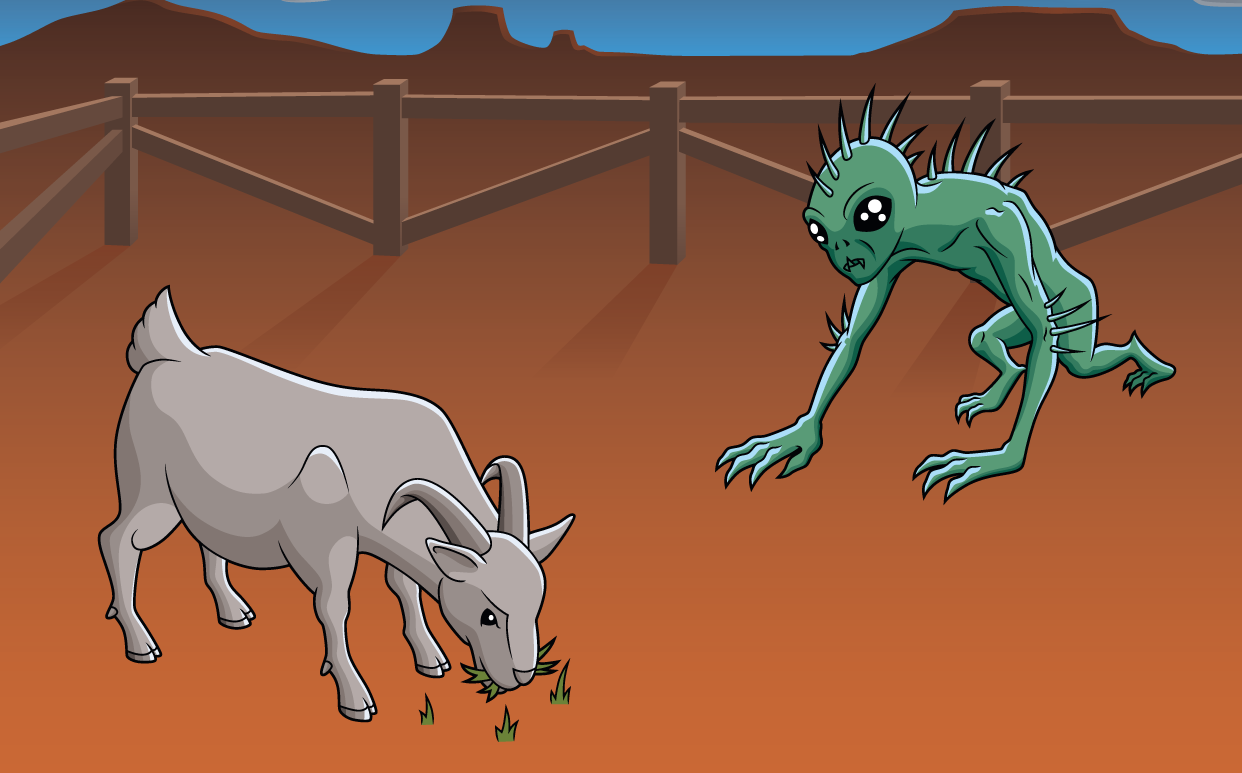Chupacabra: The Legend

The legend of El Chupacabra is a fairly new one, as folk legends go, dating back only to the mid-1990’s, when this strange creature was first reported in Puerto Rico. Since then, sightings and reports have increased in frequency and spread to certain parts of Mexico and even into the southern United States, especially within the Latino communities.
The physical descriptions of these creatures, whose name means “goat-sucker,” after their alleged blood-drinking from common livestock, is as far-ranging as the regions in which they have been sighted. In some cases, the Chupacabra is reportedly reptilian in appearance, with grey or green scaly skin, large protruding spikes running down the length of its back and with large glassy red or black eyes. In other accounts, it resembles a dog-like creature, and still, in others, even features bat-like wings to allow it the power of flight. Some believe the Chupacabra is extra-terrestrial in origin, while others blame genetic experiments carried out by the government for their creation, citing that government officials have made efforts to hush witnesses in several cases.
In nearly all cases linked with El Chupacabra, it has been the discovery of dead farm animals, usually goats, which have had the blood completely drained from their bodies, and not a sighting of the creature itself, that has been the root of the legend. In some cases, two or three puncture marks in the vicinity of the dead animal’s neck have been found, leading some to believe that the Chupacabra is a vampire of sorts, drinking the animal’s blood and sometimes liquefying and sucking out its organs, but not feeding on the meat. However, an analysis by veterinarians of over 300 animal carcasses that were reportedly victims of the Chupacabra have revealed that they had not actually been drained of blood.
In addition, although some strange hairless carcasses allegedly belonging to dead Chupacabras have been found, dissection and genetic testing have revealed the bodies to be those of coyotes with either a genetic disorder or a severe infection of mange, which has accounted for their strange appearance. Whether these animals, through their inability to remain members of their respective packs, or hunt their usual game, have turned to poaching livestock is unknown. But some sceptics point out that it is more likely the frightening appearance of these lone, hairless coyotes near human settlements that have led people with wild imaginations to make up stories about their dastardly activities, rather than any first-hand observations of slaughter.
There are many people on both sides of the argument. Whatever the Chupacabra is, sightings continue to spread. It has, in recent years, been reported as far north as Maine, as far south as Chile and even overseas in both Russia and the Philippines. As with Sasquatch and the Loch Ness Monster, until conclusive proof is found, either through the discovery of a carcass or a live capture, it is likely El Chupacabra will continue to excite and intrigue for many years to come.









